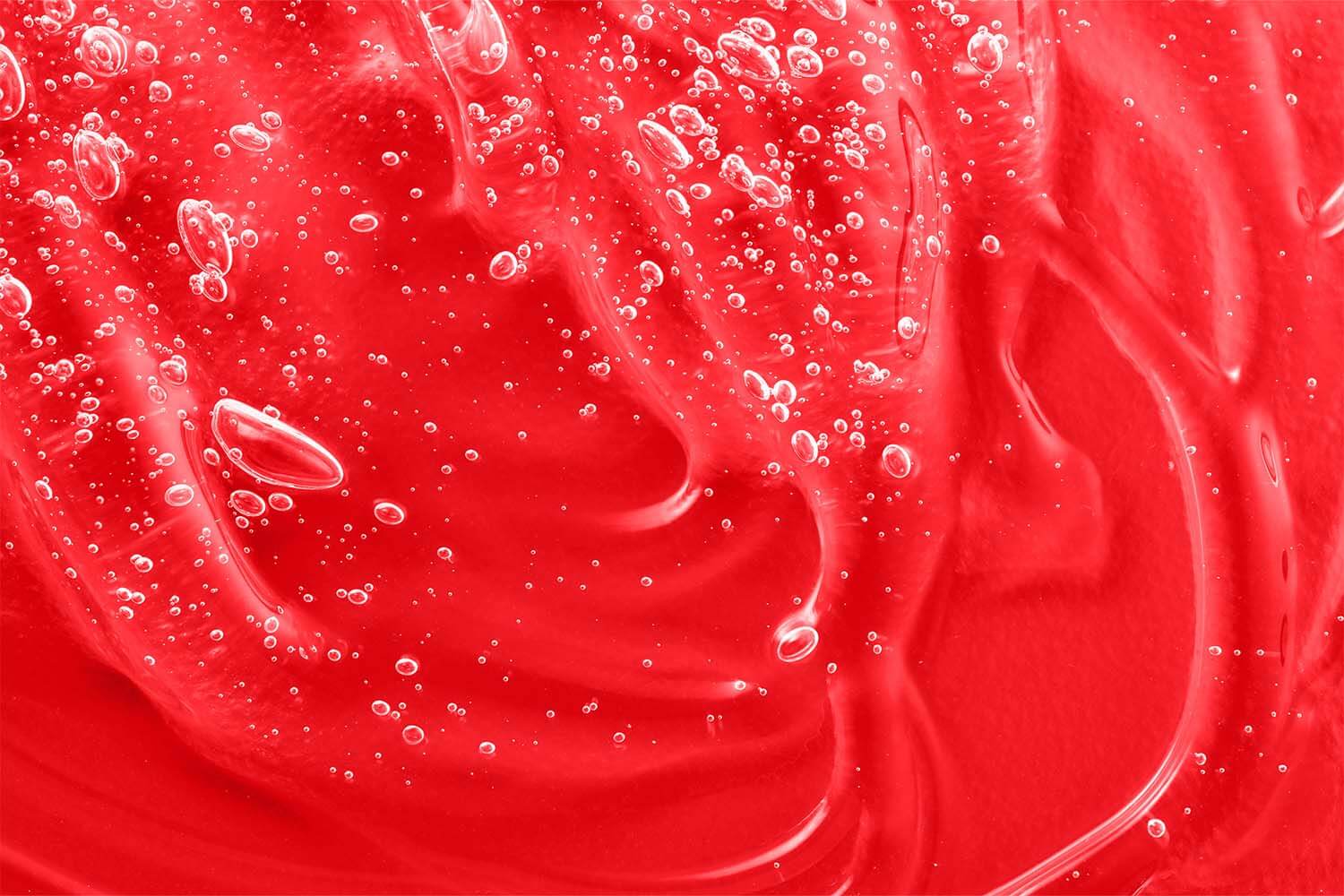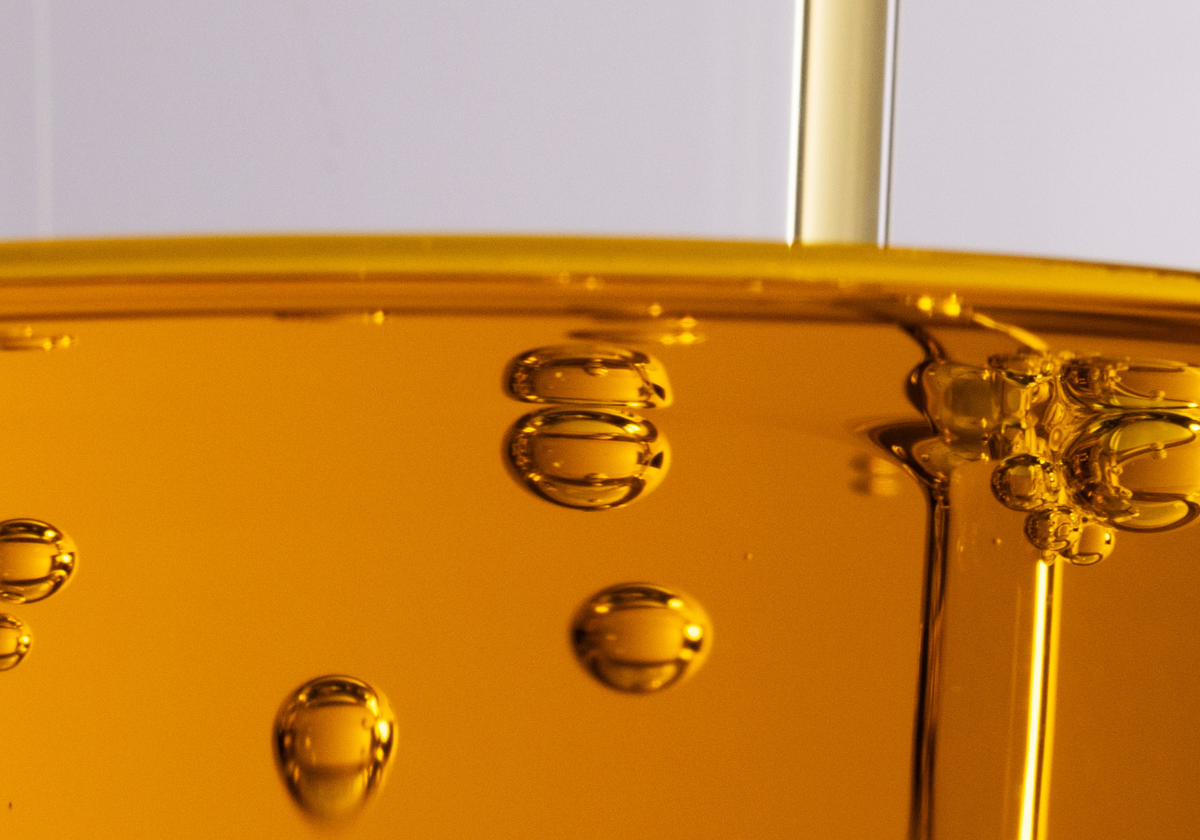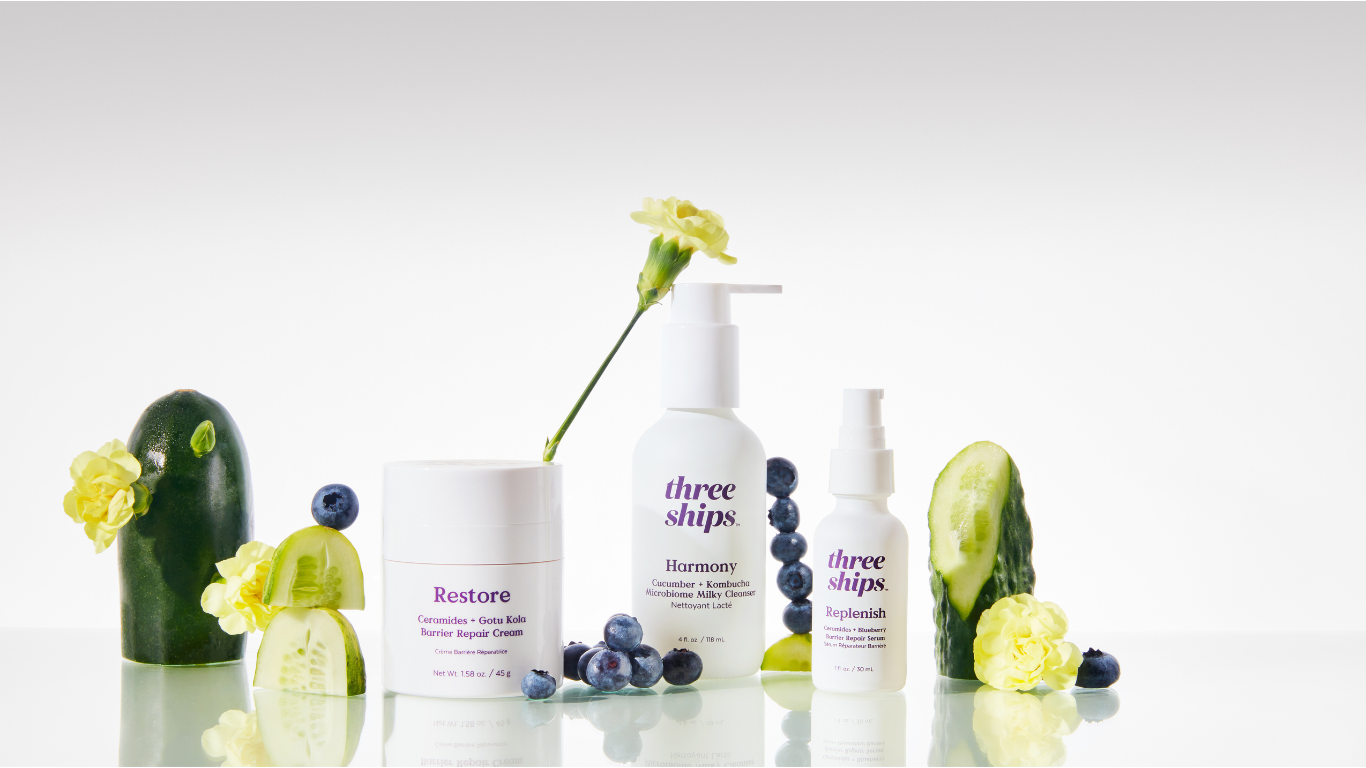Everything You Need To Know About Glycolic Acid vs Salicylic Acid for Skincare

With many skincare ingredients available on the market, you may have come across glycolic acid and salicylic acid. Just like their similar names, their uses and benefits are almost comparable. But which one is better for your specific skin issues?
At Three Ships, we’ve got the complete guide to glycolic acid and salicylic acid, what they can do for the skin, and determine which is the best choice for you.
What Is Glycolic Acid?
Glycolic acid is an alpha-hydroxy acid (AHA) that is sometimes derived from sugar cane. This chemical exfoliant works to separate the dead skin cells on the outermost layer of the skin from the healthy, new skin cells waiting underneath.
AHAs are water-soluble chemical exfoliants, meaning they are ideal for surface-level exfoliation to promote fresher-looking skin. This can help promote healthier-looking skin and skin issues like acne.
What Are the Benefits of Glycolic Acid for Skin Care?
Chemical exfoliants, including glycolic acid, have a wide variety of benefits for skin health. We’ve made a thorough list of some of the most sought-after benefits that you may get from using glycolic acid in your skincare routine.
Cleans Out Pores
Glycolic acid helps peel away the outer layers of dead skin cells along with the dirt, oils, and bacteria that clogs your pores. When your pores are nice and clean, this can help prevent acne breakouts caused by excessive oil buildup.
Smoothes Skin
Because glycolic acid helps remove dead skin, the newer, healthier layers of skin underneath can come out. Glycolic acid may also help stimulate collagen production, which can help thicken and strengthen your skin’s natural barrier. As a result, you’ll have a youthful, fresher appearance.
Helps Maintain Skin Hydration
When your skin has a strong barrier, it can help your skin to retain water and maintain adequate hydration levels. We all know precaution is better than treatment, so take a simple patch test with glycolic acid to prevent you from any risk of irritation, allergic reactions, or breakouts.
What Is Salicylic Acid?
Salicylic acid is also a chemical exfoliant, but unlike glycolic acid, salicylic acid is a beta-hydroxy acid (BHA).
BHAs are fat-soluble chemical exfoliants, and these are used to penetrate deep into the pores for a more thorough cleanse to remove dirt, oil, and makeup build-up.
Salicylic acid is primarily used for oily and acne-prone skin types as it can help dry up excess oil on your skin. Because of this, salicylic acid is generally not recommended for those with dry and sensitive skin types.
What Are the Benefits of Salicylic Acid for Skin Care?
Salicylic acid has its own variety of benefits for oily and acne-prone skin types. Because of its oil-soluble properties, salicylic acid can get deeper into your skin for a more thorough exfoliation.
Reduces Severity of Acne
Salicylic acid helps to combat acne by removing excess oil from your skin and penetrating deep into your pores to prevent oil buildup in the future.
This can be great for acne-prone skin types as the reduced oil on the skin can help prevent acne pimples from forming and reduce the size and appearance of whiteheads and blackheads on your skin.
Cleanses and Minimizes Pores
Salicylic acid is a very thorough chemical exfoliant and can get deep into your pores to remove dirt, oils, and bacteria that may clog them, often resulting in acne. Using salicylic acid regularly can help maintain clean pores and reduce the appearance of large pores.
Anti-Inflammatory Properties
Salicylic acid is derived from the same ingredient as aspirin, so it is rich in natural anti-inflammatory properties. These anti-inflammatory benefits can benefit those with redness and swelling caused by acne breakouts and skin irritation.
Helps Softens the Skin
Salicylic acid is a chemical exfoliant, so it helps to remove dead skin cells from your skin and promotes the introduction of new skin cells on your skin’s surface. Salicylic acid also helps maintain healthy skin cell turnover and is beneficial for improving skin texture and overall appearance.
For additional benefits of salicylic acid for your skincare, learn more about it here.
How Do I Incorporate Glycolic Acid and Salicylic Acid Into My Skincare Routine?
Now that we’ve covered all of the benefits of glycolic acid and salicylic acid for skin health, how do we introduce these powerful exfoliants into our skincare routine?
Glycolic acid is available in skincare products, including cleansers, toners, and serums. Depending on the severity of your skin issues, various concentrations, from 5% to 10%, are very common for glycolic acid. It’s recommended to start with a low concentration of glycolic acid to reduce the possibility of irritating your skin.
You can find salicylic acid in various products, but the most common way to incorporate it into your skincare routine is with a cleanser or exfoliating scrub. The amount of salicylic acid in a product can vary, falling between 0.5-2%, with the FDA putting that 2% cap on formulations. At Three Ships Beauty, we choose to formulate our products on the lower end to avoid irritating sensitive skin types.
Our Refresh Papaya + Salicylic Acid Cleanser has a 0.8% concentration of salicylic acid that is strong enough to give you a thorough cleanse but gentle enough to avoid causing unnecessary irritation to your skin. It also contains papaya fruit extract, which is complementary to salicylic acid for being rich in papain, a natural enzyme that gently exfoliates the skin.
While we love a good exfoliant, you should only use chemical exfoliants two to three times per week to avoid drying out or irritating your skin.
Which One Is Better for Your Skin?
Determining if glycolic acid or salicylic acid is better for your skin depends on your specific skin type and concerns.
Glycolic acid and salicylic acid can help reduce the appearance and severity of acne breakouts and cleanse out any clogged pores.
However, as we mentioned earlier, glycolic acid is water-soluble, so it does not penetrate the pores as salicylic acid. For this reason, if you have oiler skin or are more prone to breaking out, you may consider using salicylic acid as it may be more beneficial for your skin, like Refresh Papaya + Salicylic Acid Cleanser. The aspen bark extract in our wash-off Refresh cleanser is a natural source of salicylic acid, making our formulation suitable for any skin type
For that same reason, if you have dry or sensitive skin, using glycolic acid over salicylic acid may be better for your skin. It can be less drying and irritating than salicylic acid because it is generally used for surface exfoliation.
If you are not sure what your skin type is or which exfoliant will benefit you the most, you can take our skin quiz to build a personalized skincare routine that fits your needs.
Conclusion
Three Ships Beauty is all about getting clean, natural ingredients in your hands (and on your face) to achieve your healthiest, most radiant-looking skin.
Skincare routines are never a one size fits all situation. We strive to have products for every skin type, issue, or concern that you may be experiencing, and we want you to feel comfortable knowing that our products are crafted and formulated with your skin’s best interest at heart.
Sources:
Glycolic Acid for Collagen Deposition - NHI
0 comments





